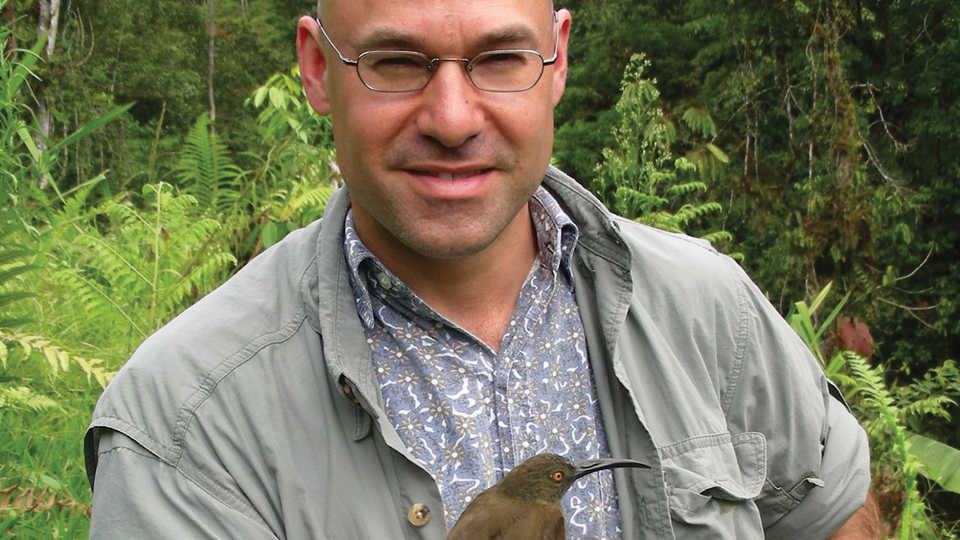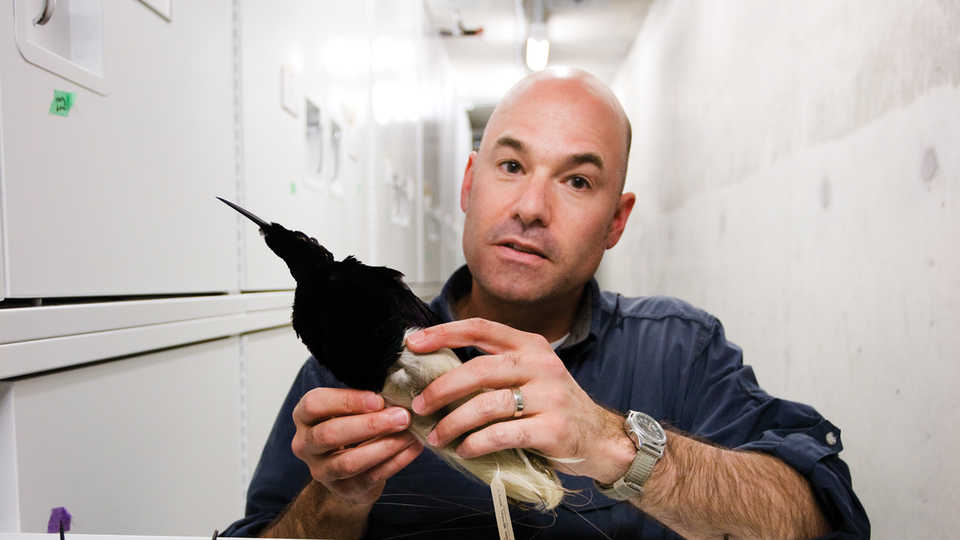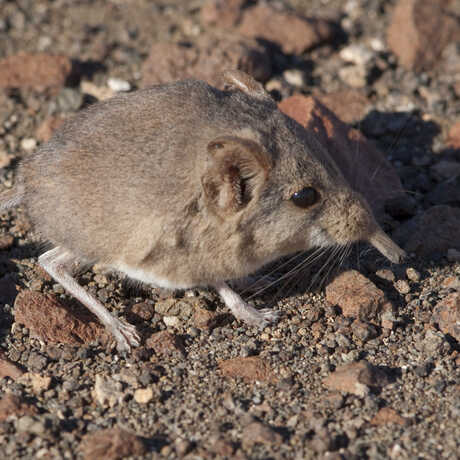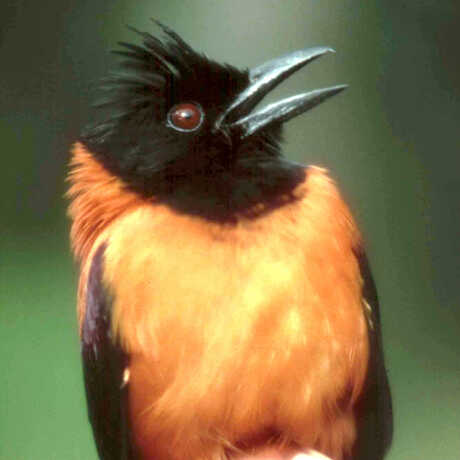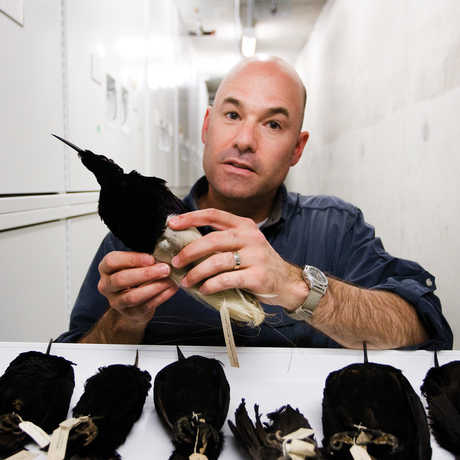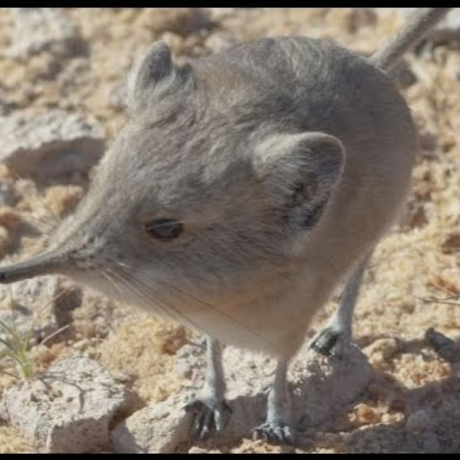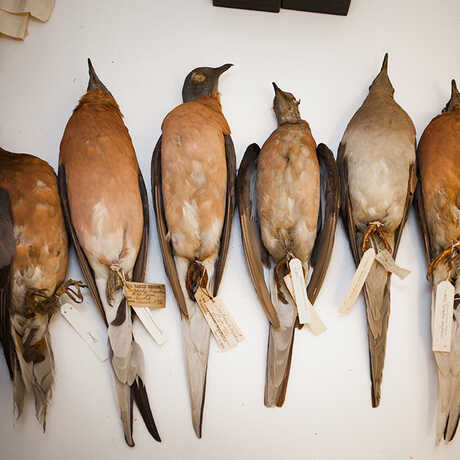One of the harshest places on earth is the desert of Namibia. Stretching a thousand miles along the coast of the Atlantic in Southern Africa, it contains some of the highest sand dunes in the world. Almost completely barren and largely uninhabited by man, the desert is one of the oldest in the world. Animal populations have evolved in the pristine isolation of the Namibian desert for approximately 55 million years.
That's precisely why curator Jack Dumbacher wanted to go there.
As forbidding as it is, Namibia is an ideal place for a field research expedition since it is relatively undisturbed by man.
Dumbacher has spent much of his time in this inhospitable environment looking for the round-eared elephant shrew. This tiny creature, about the size of a gerbil, feeds entirely on ants and was incorrectly thought to be the relative of shrews, moles, and hedgehogs.
While humans have hunted large mammals and encroached upon their habitat, they've overlooked the tiny elephant shrew. This creature is particularly interesting to Dumbacher because understanding the genetics of small animals like the elephant shrew can can help us learn more about evolution in Africa.
Dumbacher went to Namibia to see if the different colored elephant shrews that existed in different parts of the country were the same species. On the coast, the animal tends to have reddish fur. In the high desert escarpment, they are darker in color. Dumbacher wondered if the color types interbred—if they exchanged genes—or if they were different species.
On his expedition, Dumbacher caught a number of elephant shrews and collected DNA samples. Back in the lab, Dumbacher sequenced the DNA to look for gene flow between populations, working to broaden his understanding of the species boundaries.
Once thought to be the relative of moles, the elephant shrew is recognized as a solitary offshoot on an ancient African branch of the evolutionary tree. Their closest relatives include elephants, sea cows, and aardvarks. In an unexpected twist, the elephant shrew of Namibia is more elephant than shrew.
